In the evolving landscape of automobile manufacturing, where electric vehicles are becoming the norm, even niche automakers are adapting. Companies known for lightweight cars face unique challenges in this transition. Electric motors and batteries, essential for EVs, typically add significant weight compared to traditional combustion engines.
Caterham's Project V electric coupe demonstrated that reducing this weight increase is achievable. Now, another British car maker, Morgan, showcases its innovation in lightweight EVs. Introducing the Morgan XP-1, an experimental, all-electric prototype. This vehicle, inspired by the Ford-powered Super 3, has replaced its conventional engine components with electric hardware. Notably, the XP-1 debuts Morgan's first in-house developed powertrain, applicable to both combustion and electric motors.
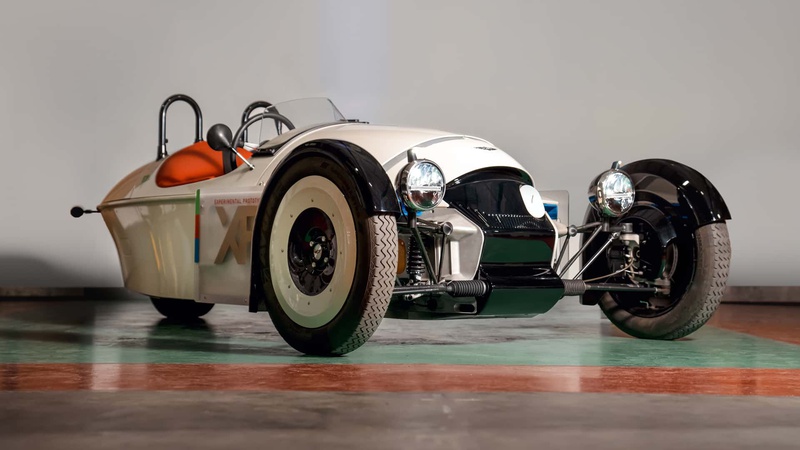
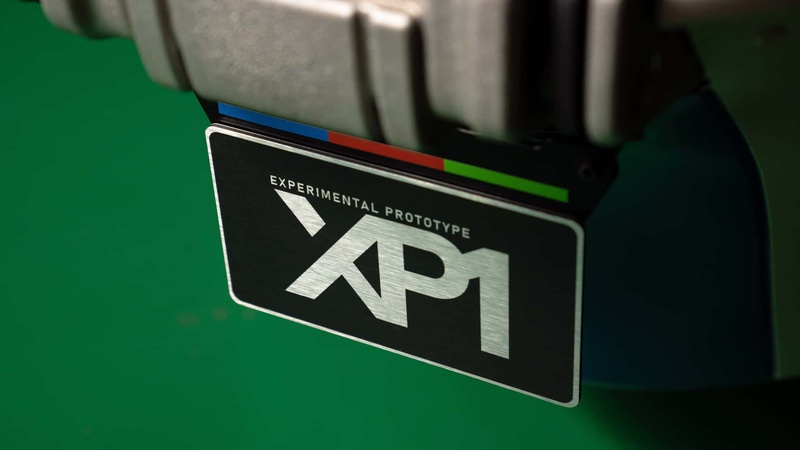


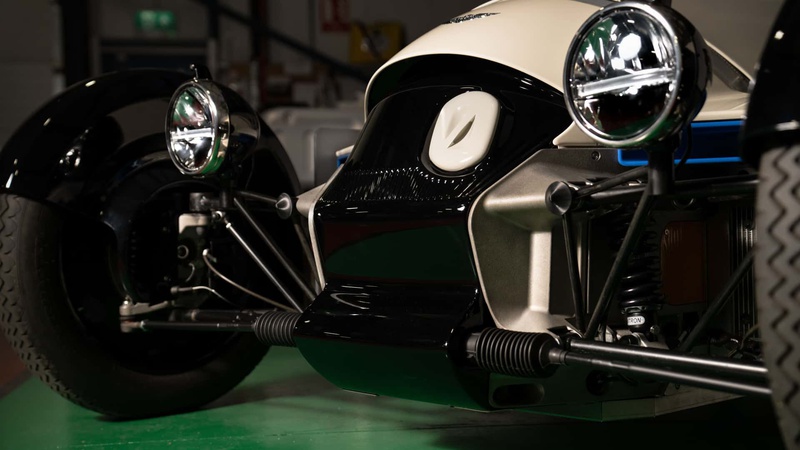




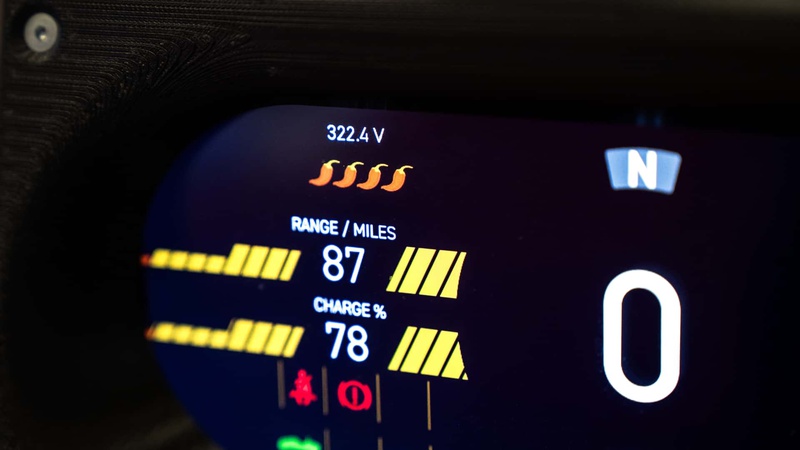
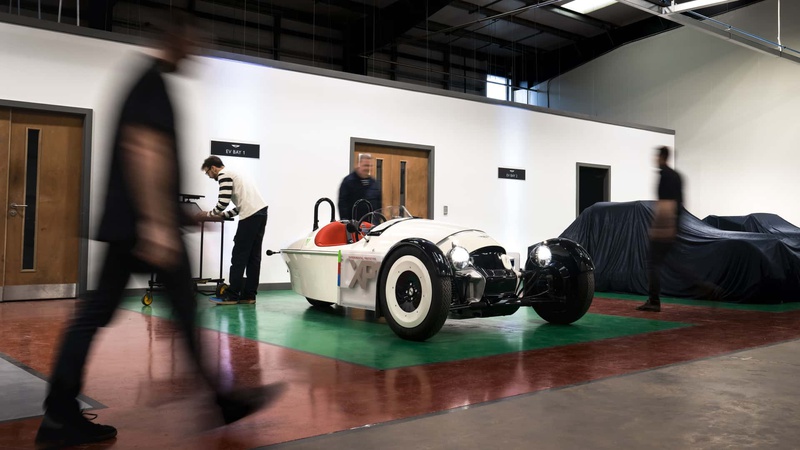
Morgan XP-1
To manage costs, the engineers cleverly fitted the electric motor into the existing transmission tunnel, delivering 134 horsepower (100 kilowatts) to the rear wheel. The motor is powered by a compact 33-kWh battery, placed under the hood—a usual spot for a gasoline engine in the Super 3. When fully charged, this battery offers an estimated 150-mile (241-kilometer) range.
Remarkably, the Morgan XP-1 weighs under 1,543 pounds (700 kilograms), only about 132 lbs (60 kg) heavier than its gasoline counterpart. Aerodynamic enhancements have reduced the vehicle's drag coefficient from 0.65 to 0.42.
This electric three-wheeler comes with four driving modes. It features Nitron adjustable dampers and revised spring rates to accommodate the added weight. The battery supports fast and bi-directional charging, adding to its versatility.
While Morgan has yet to announce a production model, Chief Technical Officer Matt Hole hints that its price would be slightly higher than the Super 3, currently selling for $53,938 in the U.S.
Source: Morgan
.jpg)
